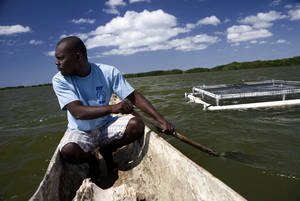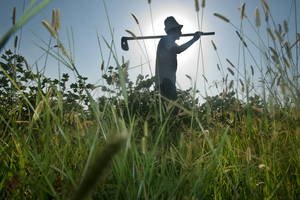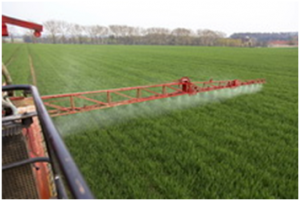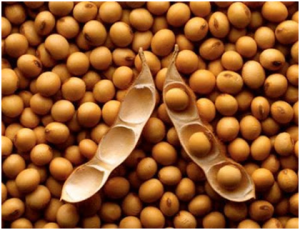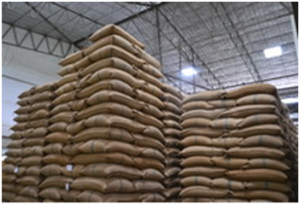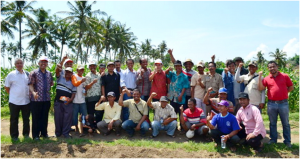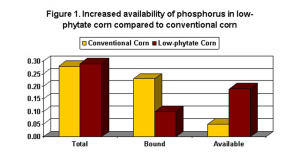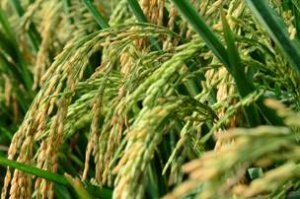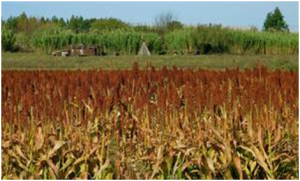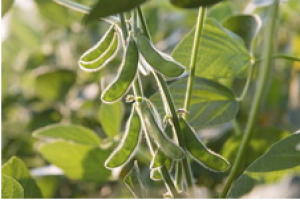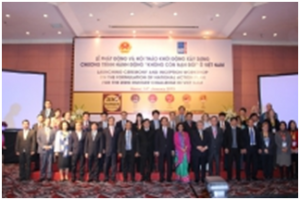|
CSIRO Decodes Genome of Megapests
Sunday, 2017/08/06 | 06:09:40
|
|
CSIRO scientists and partners successfully mapped for the first time the genome of cotton bollworm and corn earworm, two of the most devastating caterpillar pests in agriculture. This relevant information will make it easier for researchers to identify the weaknesses of the pests, predict how they will mutate, and design plants that they will not want to eat. This breakthrough could potentially help the agriculture industry save billions of dollars a year.
The bollworm and earworm cause an excess of US$5 billion in control costs and damage crops in Asia, Europe, Africa, America, and Australia. The bollworm, in particular, easily develops resistance to pesticides. "It is the single most important pest of agriculture in the world, making it humanity's greatest competitor for food and fiber," CSIRO scientist Dr. John Oakeshott said. "Its genomic arsenal has allowed it to outgun all our known insecticides through the development of resistance, reflecting its name, armigera, which means armed and warlike."
In the mid-1990s, CSIRO scientists and Australian cotton breeders developed insect resistant varieties with Bt genes. After 10 years, there was an 80 percent decrease in the use of chemical pesticides that were used to control bollworms. However, a small percentage of bollworms have developed resistance to Bt cotton and new pesticides were introduced to manage the pest problem. With the genome data available, new resistance management strategies can be developed.
Read the news release from CSIRO for more information. |
|
|
|
[ Other News ]___________________________________________________
|


 Curently online :
Curently online :
 Total visitors :
Total visitors :
